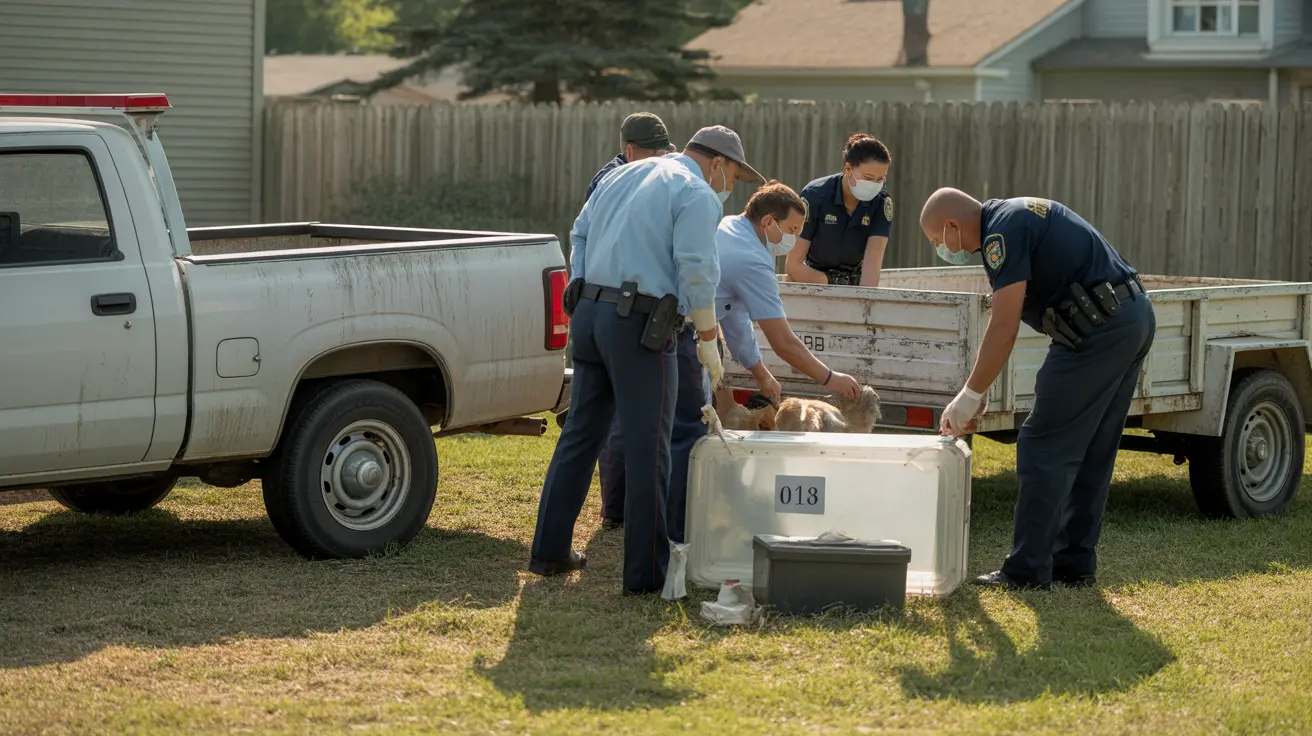Do Dogs Like Their Whiskers Being Touched? Understanding Canine Sensory Sensitivity
As dog owners, it's natural for us to want to pet and cuddle our furry companions. However, some parts of a dog’s body are more sensitive than others—and one such example is their whiskers. This blog post explores the role of dog whiskers, why they are sensitive, and how dogs typically react to having them touched.
What Are Whiskers and Why Are They Important?
Whiskers, also known as vibrissae, are specialized thick hairs that are deeply rooted in a dog’s skin. Unlike regular hair, these whiskers are rich in nerve endings and blood vessels, making them important sensory tools.
- Sensory Input: Whiskers help dogs detect vibrations, changes in air flow, and nearby objects. This is particularly helpful in the dark or tight spaces.
- Spatial Awareness: Dogs rely on whiskers to understand the size, shape, and texture of objects, contributing to better navigation.
- Communication: Whiskers can also move depending on a dog’s mood and are sometimes used as subtle signals in dog communication.
Do Dogs Enjoy Their Whiskers Being Touched?
In general, dogs do not enjoy having their whiskers touched. While some dogs may tolerate it briefly, many find it irritating or even distressing. The nerve endings in whiskers make them highly sensitive, and unexpected contact may cause dogs discomfort.
- Disruption to Sensory Perception: Touching whiskers may interfere with the dog’s sensory processing, causing them to feel overwhelmed or startled.
- Behavioral Reactions: Some dogs may flinch, shake their head, move away, or display signs of stress if their whiskers are touched frequently.
- Varies by Individual: While all dogs have sensitive whiskers, the degree of tolerance can vary depending on the dog's temperament and previous experiences.
Why You Should Avoid Touching a Dog’s Whiskers
- Preserve Sensory Function: Regular interference with whiskers can dull their effectiveness and leave dogs disoriented.
- Build Trust: Avoiding sensitive areas shows respect for a dog’s comfort and helps strengthen your bond.
- Reduce Stress: Minimizing contact with delicate facial areas helps prevent anxiety in nervous or reactive dogs.
Proper Grooming and Whisker Care
While whiskers do not require trimming or grooming like a dog's coat, understanding their function will help you become a more mindful pet parent.
- Don’t Cut Whiskers: Trimming whiskers can disorient a dog and affect their ability to navigate.
- Handle Face With Care: When cleaning or playing with your dog, be gentle around the muzzle to avoid unnecessary discomfort.
- Watch for Behavioral Cues: If your dog avoids touch near their face, it’s a good sign to avoid that area entirely.
Signs Your Dog Dislikes Whisker Contact
Look out for the following if you suspect whisker sensitivity:
- Flicking their head when touched near the whiskers
- Pulling away or turning their head quickly
- Visible signs of stress such as lip licking or yawning
- Growling or abrupt withdrawal from interaction
Conclusion: Respecting Your Dog’s Sensory Boundaries
Dogs’ whiskers are not just aesthetic features—they play a significant role in their daily functioning. Although some dogs may tolerate gentle touch near their whiskers, most prefer to keep this sensitive area untouched. As responsible pet owners, respecting these boundaries ensures stronger relationships, happier pets, and better overall wellbeing.





